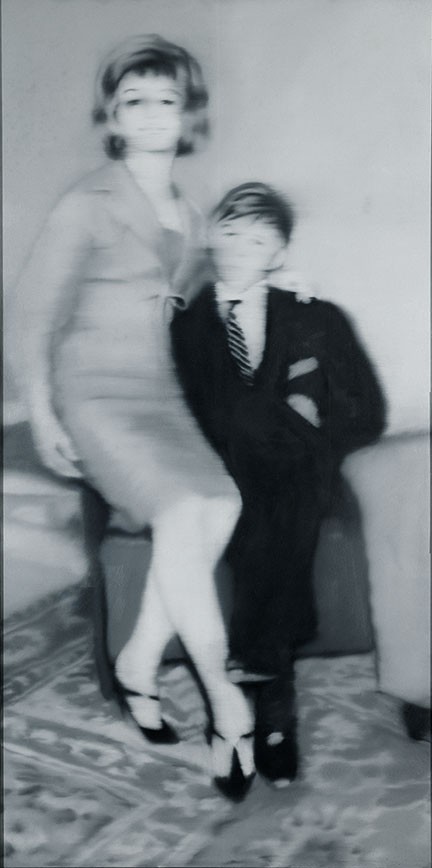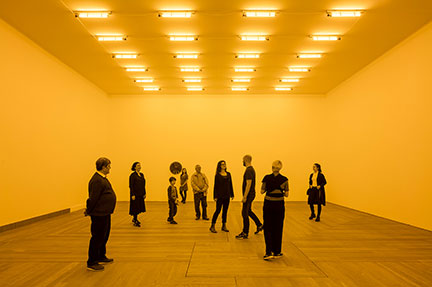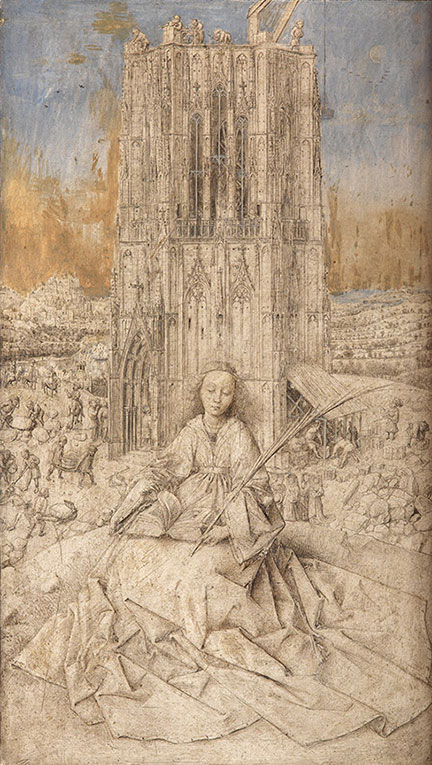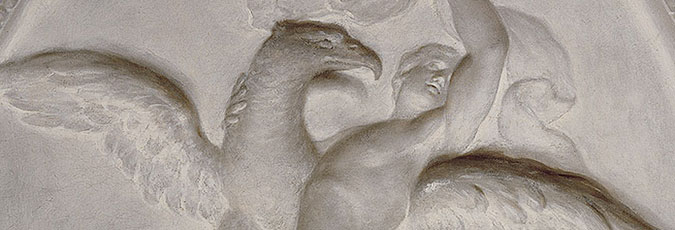1. A new take on monochrome
Monochrome is the first major exhibition to explore the history of painting in black and white from the 12th to the 21st centuries. It takes a radical new look at what happens when artists cast aside the colour spectrum and identifies watershed moments in the history of the genre.
2. Colour was a forbidden fruit
The exhibition begins in the Middle Ages, at a time when colour was, for some, the ‘forbidden fruit’ and prohibited by religious orders for devotional purposes. In the 12th century, Cistercian monks created grisaille stained glass as an alternative to vibrant church windows. This light and elegant glass gained popularity and eventually became 'de rigueur' in many French churches.

'Stained Glass Panel with Quarries and a Female Head', about 1320–4
© Victoria and Albert Museum, London
3. See modern art alongside Old Masters
The exhibition features works by leading modern artists, such as Picasso and Giacometti, as well as some of the most exciting contemporary artists working today, including Gerhard Richter, Chuck Close, Bridget Riley, and Jasper Johns.

Detail from Gerhard Richter, 'Helga Matura with her Fiancé', 1966
Museum Kunstpalast Düsseldorf
© Gerhard Richter 2017 (0182). Photo: Museum Kunstpalast - ARTOTHEK
4. Experience the world in monochrome
One of these contemporary works is Olafur Eliasson’s large-scale immersive light installation, 'Room for one colour' (1997). The installation enables visitors to experience the world in monochrome by exploring a room illuminated with sodium yellow monofrequency lamps, which suppress all other light frequencies.

Detail from Olafur Eliasson, 'Room for one colour', 1997. Installation view at Moderna Museet, Stockholm 2015 Courtesy of the artist; Tanya Bonakdar Gallery, New York; neugerriemschneider, Berlin
© Olafur Eliasson. Photo: Anders Sune Berg
5. Find out why artists reduce their colour palettes
For an exhibition about painting in black and white, a surprising number of artists famed for their brilliant use of colour feature in the show – such as van Eyck, Rubens, and Boucher – and examines why artists have elected to paint without colour throughout the centuries.

Detail from Jan van Eyck, 'Saint Barbara', 1437. Royal Museum of Fine Arts, Antwerp
© www.lukasweb.be‐Art in Flanders vzw, photo Hugo Maertens
Banner image: Detail from Jacob de Wit, 'Jupiter and Ganymede', 1739 © Ferens Art Gallery, Hull Museums

